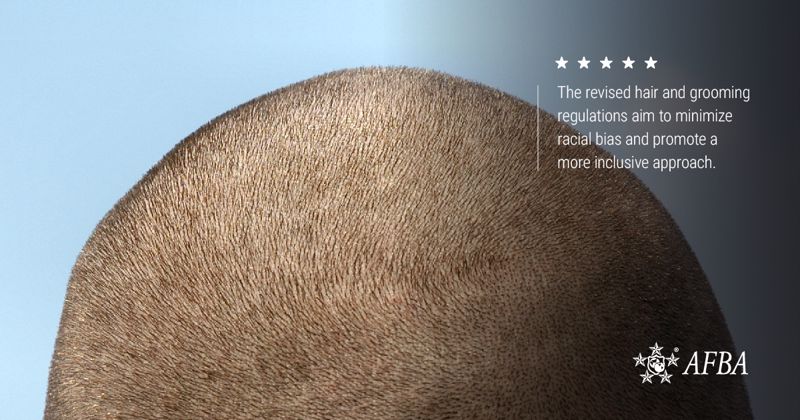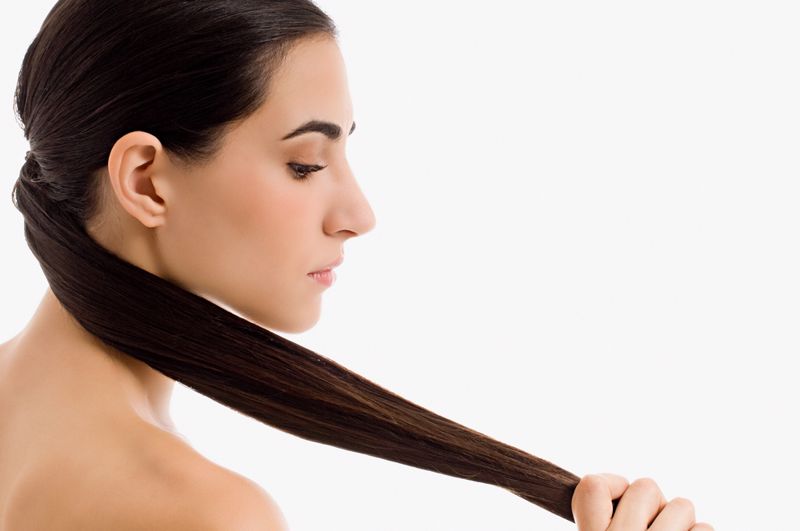The U.S. Army recently announced several major updates to Army Regulation 670-1, Wear and Appearance of Army Uniforms and Insignia, slated to go into effect Feb. 24, 2021. Here is a look at some of the key revisions as well as the reasoning behind the changes.
A people-first approach
As part of the Army's Project Inclusion, instituted in mid-2020, the topics of hair and grooming have come under question. Current guidelines have been critiqued for being discriminatory against various groups, including Black Soldiers and women in the Army. The revised regulations aim to minimize racial bias and promote a more inclusive approach.
"The Army must continue to put people first by fostering a culture of trust that accepts the experiences and backgrounds of every Soldier and civilian," said Deputy Chief of Staff for Personnel, Lt. Gen. Gary Brito, in an announcement. "Our diverse workforce is a competitive advantage, and the Army must continue to offer fair treatment, access and opportunity across the force."
Newly authorized hairstyles are intended to promote healthy, natural hair for all Soldiers
As for hair, a wider range of styles will now be accepted. Previously, women were required to style their hair in a low, tight bun. As this can lead to hair loss, the updated regulations specify that styles such as long ponytails and braids may be worn. They can be tucked into a Soldier's uniform to prevent snagging, and are expected to improve the fit of combat helmets.
"In an effort to stop hair damage and loss stemming from hairstyles like the bun, the Army approved healthier hairstyle options that are more inclusive of various natural styles," explained Sgt. Maj. Mark Anthony Clark.

Furthermore, the Army has loosened strict requirements related to cornrows, braids, twists and locks which may be worn by Black servicemembers. Soldiers were previously permitted one such style at a time, with individual sections limited to half an inch in width. The width requirement has been removed, and Soldiers may now opt for more than one of these styles at a time.
Highlighted hair that maintains a natural appearance will also be permitted, although vibrant, artificial hues like blue, green and purple are still not authorized. A Soldier's dyed or bleached hair color "doesn't necessarily have to be a color that is typically seen on a certain ethnic group," explained Master Sgt. Quintana Mitchell.
In an attempt to improve cultural sensitivity within the grooming regulations, words describing particular styles, such as "Mohawk" and "Fu Manchu," are also being revised in favor of verbiage that is less offensive and more descriptive. New images have also been produced to provide clearer detail about the authorized and unauthorized styles.
Additional grooming guidelines support self-expression and safety
Once the new regulations are in place, simple gold, silver or diamond stud earrings will be authorized for women in most non-combat contexts. Additional lipstick and nail polish colors are being added to the list of accepted cosmetics for women. Male Soldiers will also be permitted to wear clear nail polish, either as a grooming choice or in order to protect their nails while working with rough tools and harsh chemical agents.
"Our identity is important," said Sgt. Maj. Brian Sanders in an Army announcement. "If we care about people first and the Soldier as a whole, we have to care about the many aspects to who they are as well. This is a small, but significant change that positively impacts a considerable size of our force."
"I use the analogy, 'If you look good, you feel good — and if you feel good, you perform [well]," Sanders added, explaining that this more inclusive approach to personal appearance and grooming may result in productivity improvements.

